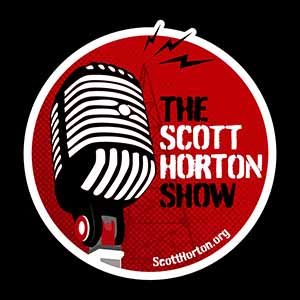With silver recently touching record highs, now is the perfect time for looking back to the last time silver traded at such levels—for it is a highly instructive case study, particularly when reinterpreted through an Austrian lens.
The story of Nelson Bunker Hunt, William Herbert Hunt, and Lamar Hunt, the Texas oil heirs who attempted to corner the silver market in the late 1970s, is often told as a tale of hubris, market manipulation, and regulatory salvation. Headlines from the era framed the Hunts as reckless speculators whose greed sent commodity markets into chaos and required government intervention to avert systemic collapse. Viewed through the lens of Austrian economics, however, a far richer and more nuanced story emerges: one in which two men attempted, in their own way, to preserve wealth against an increasingly fragile monetary system, only to find themselves undone by the very institutions that had encouraged the conditions they sought to escape.
To understand the Hunts’ motivation, one must first understand the monetary environment of the 1970s. The decade was marked by profound dislocations in the U.S. monetary system. In 1971, President Richard Nixon closed the gold window, ending the convertibility of the dollar into gold and effectively placing the United States on a pure fiat currency regime. Over the following years, the federal government engaged in massive deficit spending—from President Lyndon Johnson’s Great Society programs to Nixon’s costly involvement in the Vietnam War. The result was a surge in the money supply, combined with escalating inflation, reaching double digits by the end of the decade.
For Austrian economists, these developments are the textbook case of the distortions created by credit expansion and monetary inflation. Artificially low interest rates and an expanding money supply distort investment signals, misallocate resources, and erode the purchasing power of savings. In this environment, the dollar’s ability to function as a reliable store of value was in question.
It is here that the Hunt brothers saw opportunity—not speculation in the narrow sense, but protection of wealth through tangible assets. For the Hunts, silver represented real money, scarce, tangible, and free from government manipulation. Their approach was consistent with the Austrian insight that sound money preserves economic calculation and protects individuals from the hidden taxes imposed by inflation.
The choice of silver over gold was pragmatic. Until 1975, U.S. citizens were prohibited from holding gold bullion, a prohibition that made silver the only legal means for Americans to protect themselves from the erosion of fiat currency. Moreover, silver was both a monetary metal and an industrial commodity, with applications in photography, electronics, and coinage. This dual nature made it both a store of value and a hedge against systemic risk.
The Hunts began accumulating silver aggressively in the early 1970s, initially purchasing physical metal stored in Swiss vaults. By the late 1970s, they had amassed tens of millions of ounces, coordinated with other wealthy investors, and expanded their positions through futures contracts on the Chicago Board of Trade and the Commodity Exchange (COMEX). By late 1979, they effectively controlled a substantial fraction of the world’s deliverable silver supply.
From an Austrian perspective, the Hunts’ actions were not inherently manipulative; they were a rational response to a distorted fiat monetary system. Austrian theory emphasizes that inflation is, in effect, a hidden expropriation of wealth, particularly impacting those who hold money rather than physical assets. In such an environment, the acquisition of silver can be seen as a hedge against the state’s systematic debasement of currency.
The Hunts’ concentration of silver, while spectacular, can also be interpreted as a market response to distorted prices. When the market fails to properly reflect the scarcity of a tangible asset due to the flood of fiat currency, the accumulation of that asset is not manipulation—it is the market signaling scarcity and preserving value. Austrian theorists would argue that the Hunts were attempting, in their own way, to restore price signals to a market distorted by monetary expansion.
While the Hunts’ motivation was principled, the mechanics of their strategy introduced fragility. They leveraged loans from banks to finance their positions, and they engaged heavily in futures contracts. This leverage magnified both potential gains and potential losses. To many observers, this leverage seemed reckless—but from an Austrian viewpoint, the risk was a direct consequence of government-inflated credit markets. Low interest rates and the availability of cheap credit encouraged positions that would have been impossible under a sound money regime.
Herein lies a critical insight: the Hunts’ vulnerability was systemic, not purely personal. The real danger did not originate in the Hunts’ accumulation of silver, but in the structure of financial intermediation that allowed them to borrow enormous sums against a highly concentrated and thinly traded asset. Austrian economists would argue that this fragility was itself the product of prior government intervention in credit markets, not an inevitable failure of the market actors themselves.
By January 1980, silver prices had soared to roughly $50 per ounce, a sevenfold increase from a year earlier. With the encouragement of regulators, the Commodity Exchange (COMEX) and the Chicago Board of Trade imposed “liquidation only” rules and dramatically increased margin requirements, effectively forcing the Hunts to unwind their positions. The Federal Reserve, meanwhile, had sharply raised interest rates to combat inflation, making it prohibitively expensive for the Hunts to maintain leveraged positions. A cascade of forced liquidations followed, sending silver prices plummeting to around $11 per ounce in mere weeks—a collapse known as “Silver Thursday.”
Critically, these interventions were framed as necessary to prevent a systemic collapse. Yet from an Austrian standpoint, the real systemic risk was created by prior credit expansion and regulatory distortions. The Hunts did not create the inflationary environment; they were attempting to protect themselves from it. The rules imposed by exchanges, encouraged by regulators, did not correct a market failure—they prevented a private hedge from being fully realized, and in doing so, imposed losses not on the state, but on the Hunts and their creditors.
It is impossible to ignore the political context. The Hunts were prominent Republican donors and members of the John Birch Society, advocating for sound money and limited government. At the same time, Congress and much of the federal bureaucracy were controlled by Democrats, many of whom had been complicit in or beneficiaries of the prior decades of deficit spending.
While there is no concrete evidence that political animus drove regulatory action, the optics are suggestive: wealthy conservatives advocating hard money, achieving enormous paper gains in silver, suddenly confronted by a government intent on “restoring market order.” The Austrian lens interprets this as an example of how government power is often used to discipline those who resist monetary and regulatory orthodoxy, rather than as a neutral protector of markets.
The Hunt brothers’ experience underscores several enduring lessons for those sympathetic to Austrian economics:
- Wealth preservation under fiat regimes is rational. When currency is being inflated, tangible assets are a legitimate hedge. Criticism of such accumulation often reflects a bias in favor of state-controlled money.
- Leverage amplifies fragility, not culpability. The vulnerability of the Hunts’ position was not inherent to their strategy, but a consequence of cheap, government-created credit and regulatory incentives.
- Market intervention is double-edged. The COMEX rules and Fed actions did not correct a monetary distortion; they forcibly ended a private hedge, imposing losses on the actors who were attempting to insulate themselves from government-induced inflation.
- Political context matters. Wealthy actors who challenge monetary orthodoxy often find themselves targeted, whether explicitly or through regulatory discretion. Austrian theory predicts this as an inevitable consequence of state control over money and credit, and the resulting distortion of incentives.
Viewed through the Austrian lens, the Hunt brothers were neither reckless gamblers nor malevolent manipulators. They were rational actors responding to a monetary system that had been distorted by decades of government intervention. Their concentration of silver, and their use of leverage, reflected both the scarcity of tangible money and the opportunities created by artificially cheap credit. The regulatory and financial backlash they faced demonstrates the power of the state and its intermediaries to shape market outcomes, often punishing those who act in anticipation of monetary reality rather than according to government fiat.
It is ironic that, in seeking to protect themselves from monetary debasement, the Hunts became the target of interventions justified as defending the market. Austrian economics would suggest that the true threat to market order was not the accumulation of silver, but the prior expansion of credit and distortion of prices that necessitated such hedges in the first place.
The Hunt brothers’ silver saga is often cited as a cautionary tale about market manipulation and speculative excess. But a closer examination, particularly through the lens of Austrian economics, reveals a very different story: one of foresight, rational wealth preservation, and the fragility of a system distorted by fiat currency and cheap credit.
Nelson Bunker, William Herbert, and Lamar Hunt were not trying to “break the market” for selfish gain—they were responding to a broken system in the only way open to private individuals by holding and controlling a scarce, tangible asset. Their failure was not a moral or financial failing in the Austrian sense. It was a predictable consequence of a monetary system in which government intervention creates the very conditions that make private hedges appear manipulative.
In this light, the Hunt brothers’ experience offers a valuable lesson for investors, economists, and policymakers alike: when government distorts money and credit, rational actors will seek to protect themselves, and the real danger lies not in their foresight, but in the state’s attempt to punish it.
















